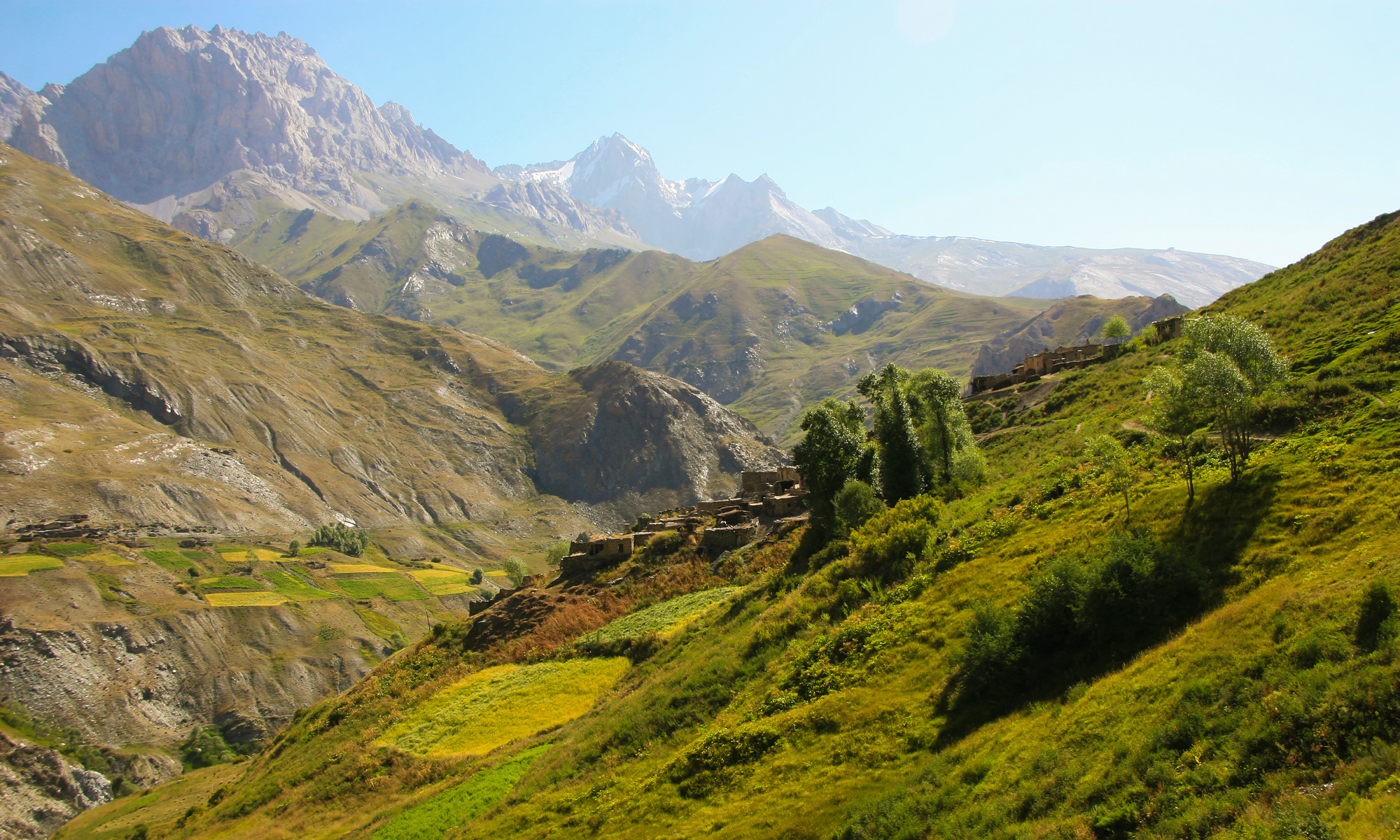In the winding folds of the Yaghnob mountains, where footpaths double as lifelines and snowfall can isolate a village for weeks, the body carries not just labor—but risk.
Here, health is not a guarantee. It is a negotiation: with geography, with memory, with the slow arrival—or non-arrival—of state institutions. In the absence of clinics, the body becomes both burden and archive, carrying histories of improvisation, of loss, of care passed down like proverbs.
Yaghnobi language and culture persist with remarkable tenacity. But the public health record tells a quieter, harder story—not of cultural neglect, but of institutional absence.
The Yaghnob Valley is breathtaking—but brutal. Its steep topography, seasonal isolation, and crumbling infrastructure make access to basic healthcare a daily gamble. Even in official surveys from the early 2000s, many hamlets reported no clinic, no doctor, and in some cases, not even a first-aid kit.
As one elder put it:
“When someone gets sick, we don’t call a doctor. We call a donkey.”
He meant it literally. The sick are often carried across mountain paths on muleback or stretchers, traveling hours—sometimes days—to reach the nearest functioning health post.
By the time they arrive, it’s often too late.
In Yaghnob, health challenges fall hardest on women and children.
Childbirth, almost exclusively home-based, is handled by elder women with inherited midwifery knowledge. There are few sterile supplies, no access to emergency care, and no pain relief beyond what the home can offer.
When complications arise—hemorrhage, breach births, postpartum fever—there are no ambulances on these roads.
Children, too, face systemic vulnerability: malnutrition, respiratory infections, untreated dental decay. In long winters, woodsmoke seeps into small houses, mingling with cold and damp. Public health surveys describe a pattern:
“In all observed villages, children showed signs of vitamin deficiency, poor dental health, and delayed growth.”
These are not distant statistics. They are the bodies of neighbors, cousins, grandchildren—growing up with fragility as a baseline.
In the absence of formal systems, families lean on what has endured: oral remedies, herbs, and linguistic healing.
One of many examples include:
-
Infusions of onion oil for fevers
-
Ash mixed with snowmelt to ease stomach pain
-
Steam baths using wild thyme and nettles
-
Protective prayers whispered into tea for sick children
These are not quaint customs. They are acts of medical self-defense. Functional, if limited. Sometimes lifesaving. Always dignified.
But dignity cannot replace antibiotics.
The legacy of Soviet-era forced relocation shadows Yaghnobi health to this day. When families were deported to the lowlands in the 1970s, they encountered new diseases, unfamiliar climates, and institutional discrimination.
Returning to the mountains decades later meant rebuilding homes—but not health systems. Clinics were slower to return, if they came at all. The experience bred a durable mistrust of state healthcare structures.
Villagers rebuilt the stones of their households. But many also rebuilt their trust inward—toward community, toward inherited knowledge, toward each other.
Attempts have been made. Aid deliveries. Short-term medical missions. Proposals for integrating health services into a Yaghnob cultural reserve. But without sustained support, these efforts flicker and fade.
Meanwhile, the valley remains largely invisible to formal systems.
And so, the people care for one another. They carry fevered children across rivers. They grind herbs into poultices. They offer whispered blessings into boiling broth, still believing that heat and love might be enough.
